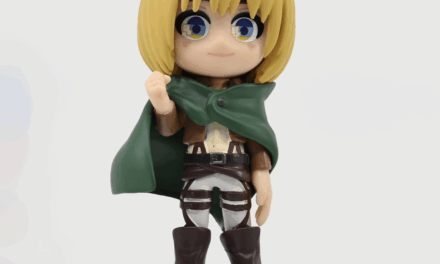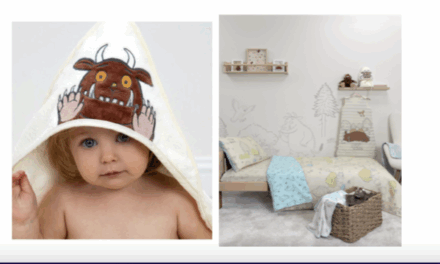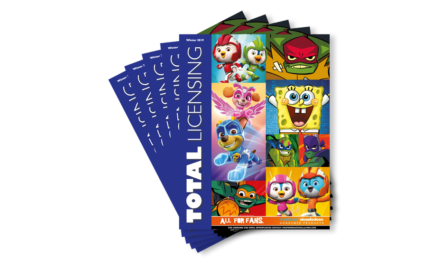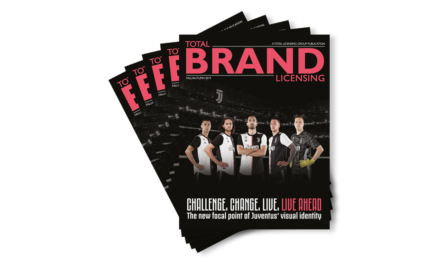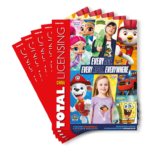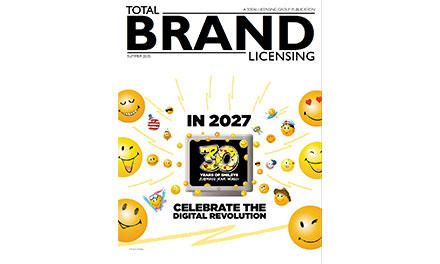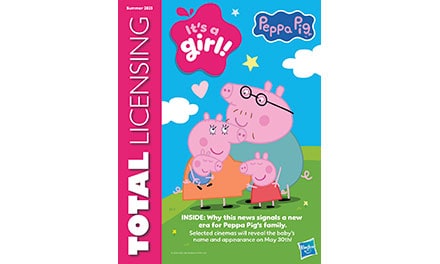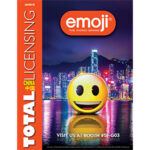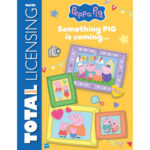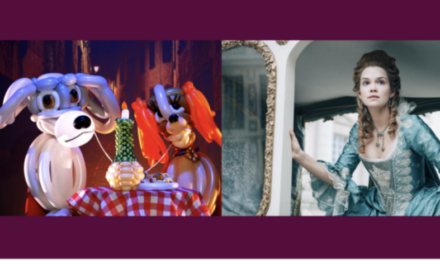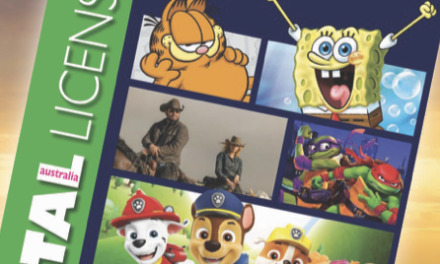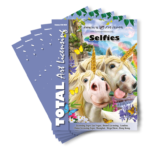
How to be a loved toy brand

By Louise Findlay-Wilson, Founder and Managing Director at Energy PR
I can understand why a toy brand wants to be loveable – after all what good is a toy if a child doesn’t love it? Surely that’s its mission?
But beyond this, there are lots of solid, commercial reasons why love is important. According to our Brand Love study we’re three times more likely to recommend a brand we love and much, much more loyal to it. Indeed, we are twice as likely to stick with a brand, when it makes mistakes, if we love it.
Such loyalty and recommendation have a profound commercial impact; for instance when it comes to loyalty, in a typical online business, while only eight percent of customers may be repeat buyers, they account for a disproportionate, 40 percent of turnover. While, according to a report by Salesforce, personalized recommendations account for 30% of all sales and Amazon generates 85% of revenue through recommended products
Ok, so it pays to be loveable! But how do toy brands manage to achieve it?
The Ingredients for Love
Well the first challenge for a toy brand is that while it needs to be a hit with the child, it actually needs the gift giver and/or parent to love it.
The further challenge is that making a brand loveable has little to do with obvious levers like value for money or customer service. According to our Brand Love study to be loved, a toy brand needs values which align with the customer’s (55%). Alternatively it needs to be closely tied with the consumer’s identity (38%). Or it needs to become part of someone’s life (42%).
These seem like quite abstract concepts. How can a brand practically deliver on them to be loved? To answer this let’s think of a few examples and how they’ve achieved it.
LEGO – Identity
Part of LEGO’s considerable success is down to its ability to keep people who once played with LEGO as a child, excited about the brand when they become parents or gift givers, without alienating those who still play with it. To do this LEGO has cultivated a powerful ‘creative play’ proposition which chimes with peoples’ identity. The ‘creative’ aspect of this fits with many adults’ desire to give a toy which will stimulate. They want to be seen as a thoughtful, improving but still fun gift giver. LEGO avoids falling into the ‘worthy but dull’ camp by never losing sight of the ‘play’ part of its brand promise.
LEGO amplifies this creative play position routinely through its often left-field marketing, which is frequently aimed at adults. For instance, for in the past year it has created a white noise playlist. Available on Spotify, the playlist features seven half hour long tracks which can be played as background ‘music’ to sooth, calm and help restore mental balance – ideal stuff for adults in lockdown! LEGO’s team used some 10,000 bricks, to create the noises for the seven soundtracks, ranging from the satisfying ‘It All Clicks’ featuring bricks simply being joined together, through to the ‘Waterfall’ which is the supremely satisfying sound of thousands of bricks tumbling for a full, 30 minutes. Some tracks are instantly relatable like ‘Searching for the One (brick)’, which recreates the sound of someone rummaging through a bucketload of bricks and finally finding that all-important, elusive piece. Others are clever new soundscapes such as ‘Wild as the Wind’, which uses LEGO to convincingly evoke the sound of trees rustling in the breeze.
The tactic is one of many which reinforce LEGO’s creative playful credentials but in a way which reaches older fans and reinforces their love for LEGO because it fits with their identity as a gift giver.
Paddington & Values
Another brand which has developed love over time is Paddington. But this time it’s the values aspect which has been carefully focused on. Those responsible for the brand have ensured that the evergreen character has deftly held onto its long-held values of kindness and generosity – refreshing them for each era. These aren’t simply played out in Paddington books and films but in wider marketing activity.
For instance, Paddington in 2017 became a champion for children’s rights for UNICEF, supporting a variety of projects such as Paddington’s Postcards. This subscription service includes a monthly donation of £8 to UNICEF. In return, families get letters from Paddington in the mail that tell them about how children live around the world. This tactic will have resonated with those grandparents, who themselves loved Paddington when children in the 1950s, and are now gift givers introducing the bear to new generations.
Barbie – Identity & Values
The importance of reflecting the gift giver’s identity and values is difficult as these can significantly change over time. So a loved brand will be good at moving with the times, while retaining its essence. One brand which has encountered this challenge is Barbie. Barbie has had a long, often illustrious but sometimes chequered history.
As societal values changed so the doll came under criticism for promoting a largely white, and unfeasible image of beauty. Sales slipped and many wrote the doll off.
However Mattel has worked hard to remedy this. Barbie’s more inclusive dolls now come in 22 skin tones, 94 hair colours, 13 eye colours and multiple body types. Little girls can get dolls with prosthetic legs or wheelchairs. Ken dolls have also been revisited.
Mattel also issues dolls for different occasions: A Maya Angelou came out just before Black History Month and sold out in days. Whilst in early August dolls were revealed to celebrate six phenomenal women working in STEM, including Professor Sarah Gilbert, the co-creator of the Oxford/AstraZeneca jab.
These changes not only mean that the doll more accurately reflects her target markets, but they make the brand sit more naturally with the identity and current values of gift givers.
Such moving with the times isn’t just reflected in the product; Barbie’s wider marketing is now more in tune with what matters to people too. For instance, in October, a YouTube video of a digital Barbie and friend discussing racial justice was produced, it went viral.
While some might see this all as tokenism or even wokenism, it’s actually a brand recognising that to stay loved you need to reflect the values and identity of your audience. This acknowledgement has been commercially rewarded. Mattel’s best-performing models are the inclusive ones. Indeed apparently its No. 1 seller in 2020 came with a wheelchair. Furthermore in 2020 the brand enjoyed the best sales growth it’s seen in 20 years.
Conclusion
As these three examples show, having a loved toy brand isn’t easy. To achieve it you need to know how your customer sees themself, understand both their values and where you fit in their life, and then ensure your brand and marketing are fully in-step with this, not just today but over time.
Get your free copy of Brand Love here. For advice on how you can make your own toy brand more loved contact Louise@energypr.co.uk T:01993 823011


